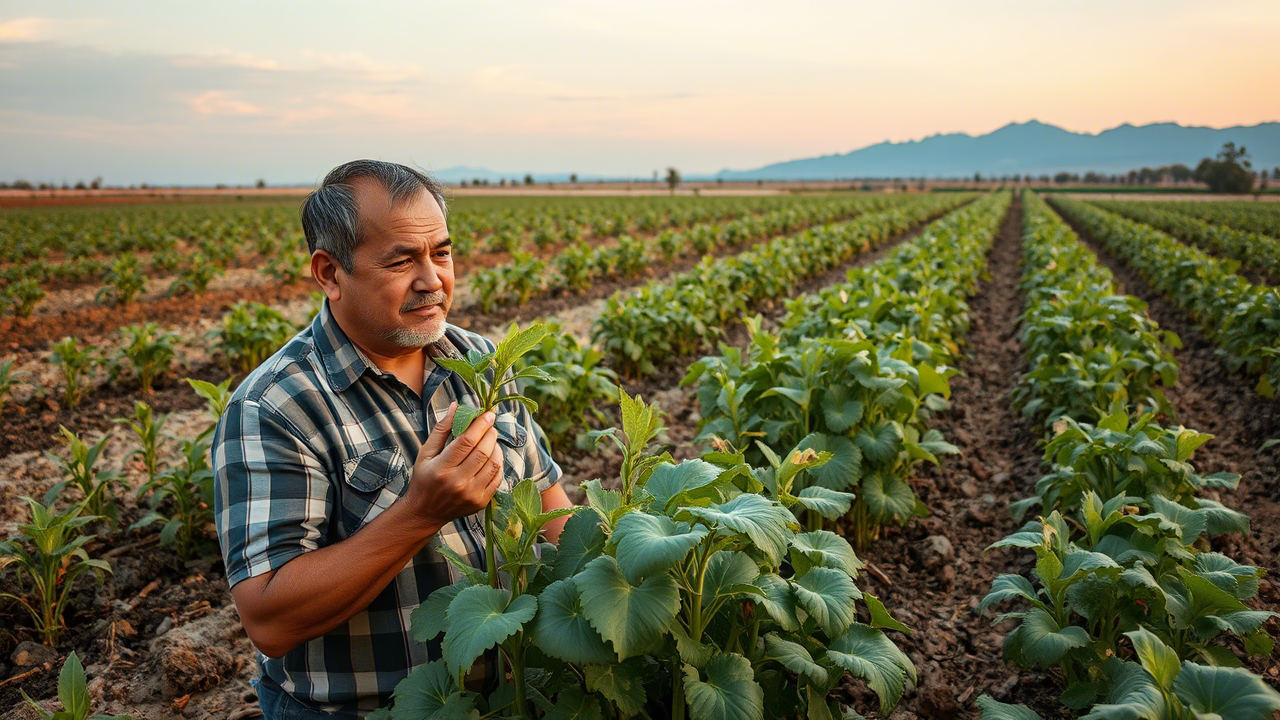The Quiet Shift: How Climate Change is Reshaping Agriculture
Climate change is no longer a distant threat—it’s a present reality, quietly altering the landscapes we depend on for food. Agriculture, deeply intertwined with weather patterns and seasonal rhythms, is feeling the effects in ways both subtle and profound. While the conversation around climate change often centers on melting ice caps and extreme weather, its impact on farming deserves just as much attention—not with alarm, but with thoughtful consideration.

A Delicate Balance Disrupted
For centuries, farmers have relied on predictable growing seasons, stable temperatures, and reliable rainfall. But as global temperatures rise, these once-dependable patterns are shifting. Some regions face prolonged droughts, while others experience unexpected floods. Crops that once thrived in certain areas may struggle to adapt, and pests—once kept in check by colder winters—are spreading further than before.
These changes aren’t uniform. In some northern latitudes, warmer temperatures may temporarily extend growing seasons, offering new opportunities for agriculture. But even these apparent benefits come with trade-offs, as soil quality, water availability, and ecosystem stability remain uncertain.
The Ripple Effects on Food Security
The consequences extend beyond individual farms. As crop yields fluctuate, food prices may become more volatile, affecting communities worldwide. Staple crops like wheat, rice, and corn are particularly vulnerable, putting pressure on global food supplies. Small-scale farmers, who often lack the resources to adapt quickly, may face the greatest challenges, risking livelihoods and local food systems.
Yet, agriculture is not just a victim of climate change—it’s also a contributor. Traditional farming practices, including deforestation and methane emissions from livestock, play a role in greenhouse gas accumulation. This duality means that solutions must address both adaptation (helping farms cope with change) and mitigation (reducing agriculture’s environmental impact).
Pathways to Resilience
Despite the challenges, there is room for hope. Farmers, scientists, and policymakers are exploring ways to build resilience in agriculture:
- Sustainable Practices: Techniques like crop rotation, agroforestry, and no-till farming can improve soil health and water retention.
- Drought-Resistant Crops: Researchers are developing plant varieties that can thrive in hotter, drier conditions.
- Precision Agriculture: Technology, from soil sensors to AI-driven weather predictions, is helping farmers make more informed decisions.
- Policy Support: Governments and organizations are investing in climate-smart agriculture to support vulnerable farming communities.
The road ahead will require patience, innovation, and collaboration. Climate change may be reshaping agriculture, but with careful stewardship, we can cultivate a future where farms remain productive, sustainable, and resilient.
A Call for Quiet Resolve
The impact of climate change on agriculture is neither simple nor sudden—it’s a gradual transformation that calls for steady, deliberate action. By acknowledging the challenges without despair and embracing solutions without haste, we can nurture a food system that endures. After all, farming has always been an act of faith in the future. With mindful effort, that future can still flourish.

